5$ hack for your Air Purifier that will improve your health
In this blog post we provides instructions for improving air quality in a home by upgrading an air purifier with activated carbon. The post discusses the benefits of activated carbon and offers an low-cost DIY solution for adding an activated carbon extension to an air purifier.
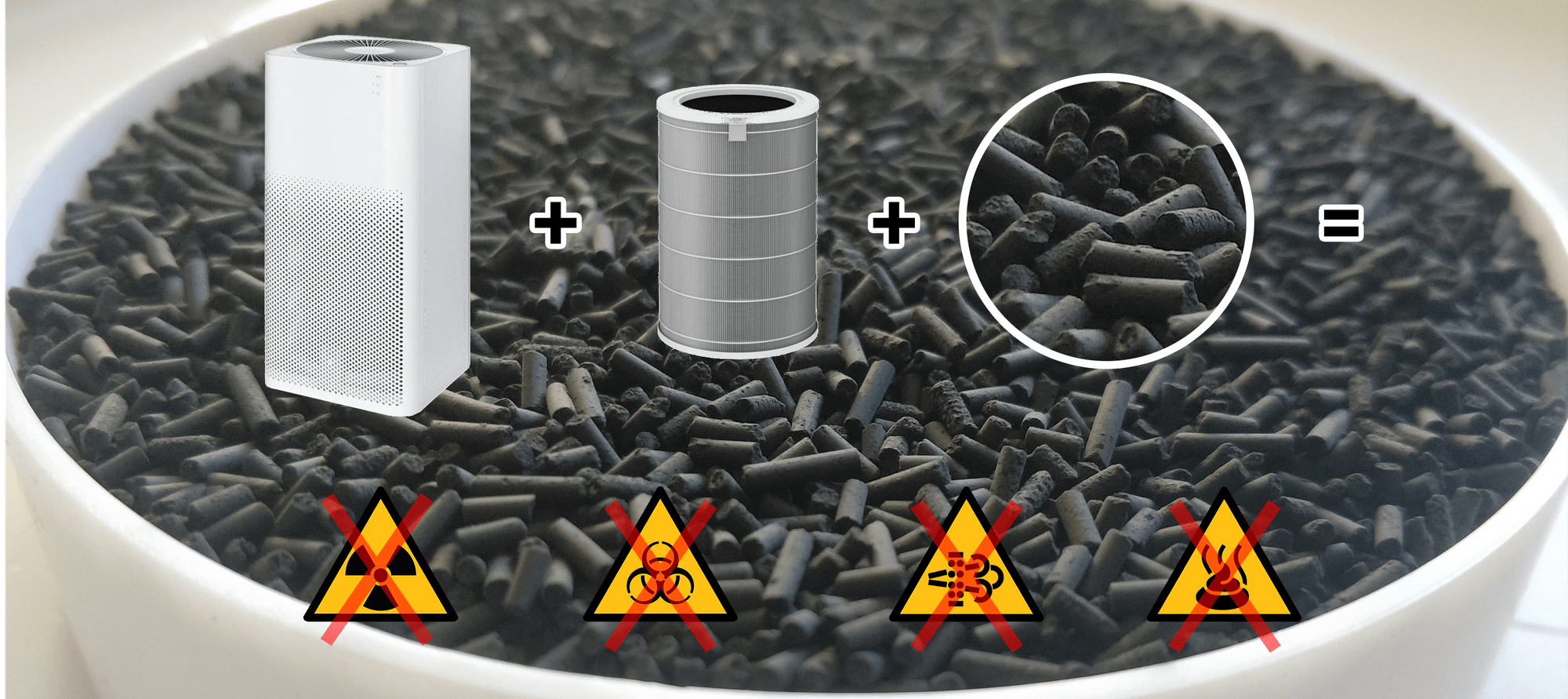
This simple hack will turn your regular; air purifier, dehumidifier or air conditioner into an advanced air cleaner that will remove anything from odors to toxins and even radioactive particles from your indoor environment.
Is this really necessary?
The one thing more important than food and drinking water is the air we breathe. Every day we breathe around 10,000 liters of air, so why wouldn't we want it to be clean? Now I do not want to provoke fear, but there are a lot of reasons why the air in your house could be bad for you and your family. Furniture, wall paint, building materials all slowly release toxins into the air, especially cheap new furniture - not to mention the most obvious, smoking (do it outside - really!). Furthermore, the worst air in your house is generated when cooking. In fact, the air quality while cooking can rapidly increase the particle count to many times higher than the streets of the most polluted cities in the world. You might think that street pollution is much worse, and yes, especially diesel particles are probably the worst, but the particles from your cooking are still extremely bad, and you should not want to breathe it. Then there is radon, a radioactive gas emitted from the ground and certain building materials such as concrete. Radon will bind to the dust in your house and make the dust particles radioactive, which will accumulate in your lungs and body over time and at a certain point, the chance of lung cancer will no longer be insignificant. The list of reasons why your air could be bad goes on. Background pollution from the outside air, if you live in populated cities, can be so bad that ventilation won't bring down the household pollution to a healthy level. And all this is why... you may want to consider purifying your indoor air.
WHO: In 2016, household air pollution was responsible for 3.8 million deaths, and 7.7% of the global mortality
What can you do to protect yourself?
The first and most practical solution is to ventilate a lot. Open your windows frequently, especially while and after cooking. But sometimes this is not always a good option, letting out heat is expensive, and how can you even be guaranteed that the new air you let in is perfect? The chances are that if you live next to a moderately trafficked road, the outside air isn't really all that good. The next important point is to clean frequently, by dusting off and vacuuming you will get far. But even with these two rational actions done, there is still a lot of room for improvement.... A half year ago, I decided to buy two air purifiers, and boy was I surprised by the amount of indoor pollution that they measured and reported back to me! I have left them both on auto mode, and several times a day I hear them spin up the fan to clean the air, trying to bring the PM2.5 particle count down to below 20 PM2.5 per cubic meter of air. With these two air purifiers, I am able to get my indoor environment much better than the outside air. This is good, but all this made me wonder... can I do better? The HEPA filters in the air purifiers aren't able to filter out everything that is bad from the air. And now that I had already dipped my toes into the huge subject of air quality with a health perspective, I decided to do additional research. Without sharing too many numbers and case studies, I want to boil it down to one interesting thing: activated carbon. It turns out that gas masks, advanced bunker air filters, factory air filters, water filters, and many more technological filtration devices all use activated carbon to filter out difficult toxins.
The next thought that naturally came to me was: "how can I combine the filtration properties of activated carbon with my air purifiers?" I started searching online, and it turned out that you can already buy activated carbon filters for most air purifiers. Good, right? Yeah... but there is one problem: the price tag. The cheapest filters I am able to find are priced around $50, which isn't that bad. But it's still already half the price of my air purifier, including its normal filter - just for a short-lasting filter.
I decided to make my own extension and was able to find all the parts I needed to upgrade my normal HEPA filter to an activated carbon filter for around $5. Here is what you need.
Part list:
Air Purifer
I'm using a xiaomi Air Purifier 2H, this is a relatively cheap air purifier priced around 100€/120$ including an excellent large hepa filter. The really awsome thing about this air purifier and the whole xiaomi product line is that almost all of them uses the exact same hepa filter. You can find the 2S on amazon which is quite a bit more expensive than the 2H version, but uses the exact same filter.
Extractor hood filter cloth
This can be picked up very cheap in most hardware and home appliances stores, or can be found on Amazon. But you can also cut open a vacuum cleaner bag and use that instead.
Air vent
Just by searching in one hardware store I was able to find one very cheap (3$) that fits exactly in my HEPA filter.

But in case you own a 3d printer or know someone who does, I conveniently designed this part for you free of charge
Activated carbon pebbles
This can be found cheap when buying larger amount, but you only need a little.
Activated carbon on Amazon cost 24$ but you only need a fraction of this amount, and might be able to find it in smaller amounts elsewhere.
Build guide
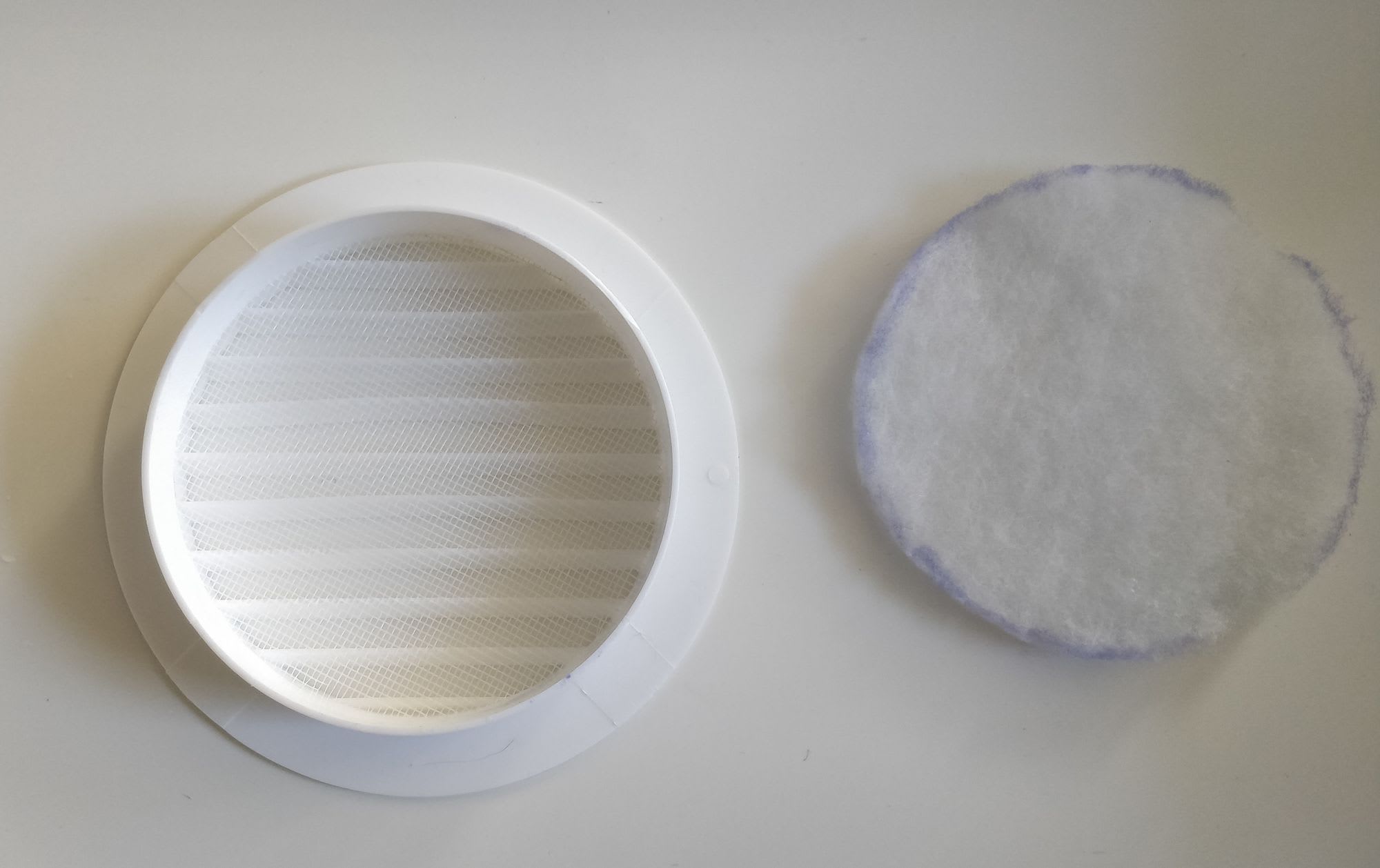
Cut filter cloth to match the inner diameter of the air vent.
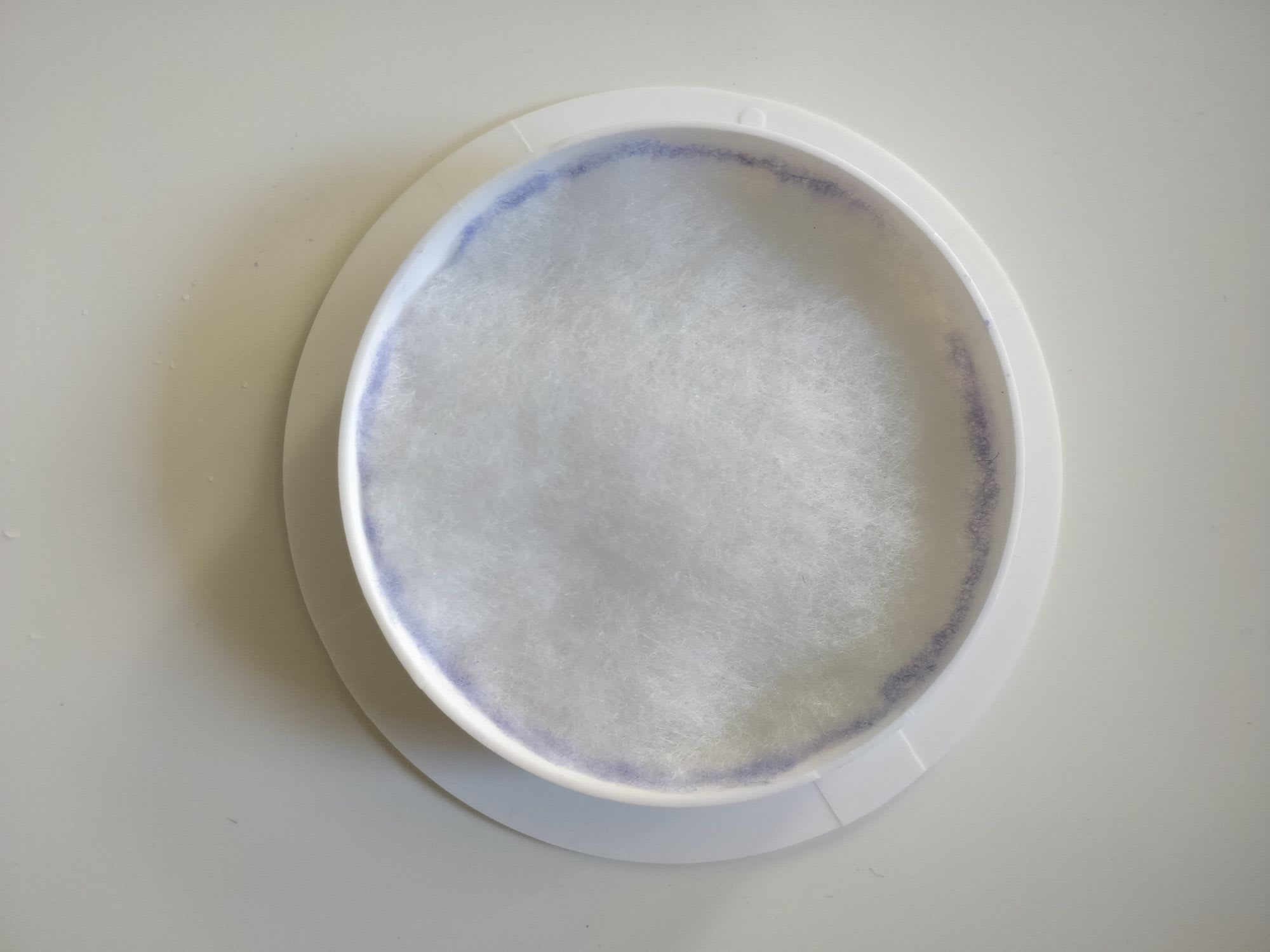
Place the filter cloth inside the air vent, and make sure it aligns nicely on the edge all around.
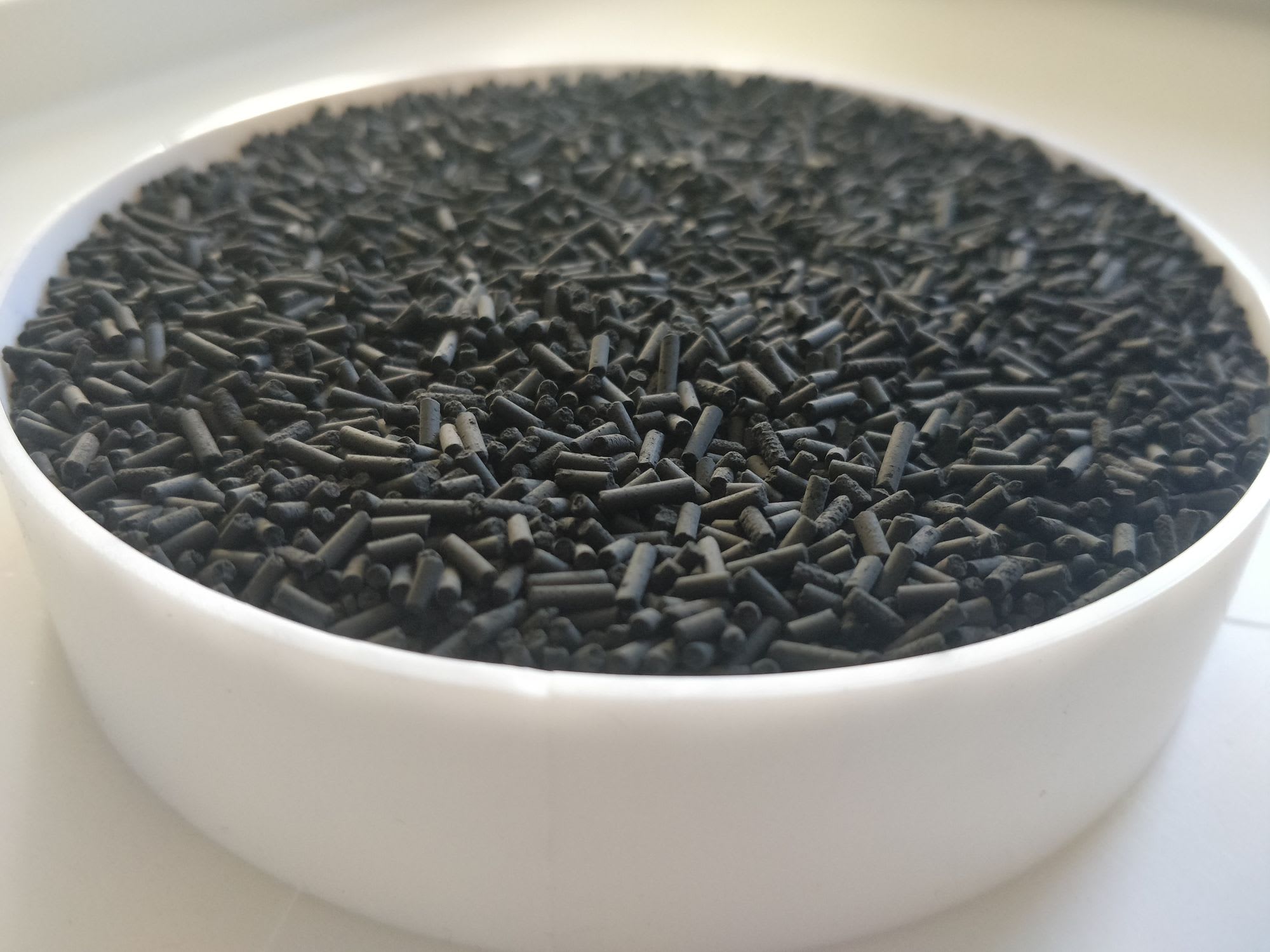
Fill the air vent with activated carbon pebbles all the way to the top, make sure there is no room left.
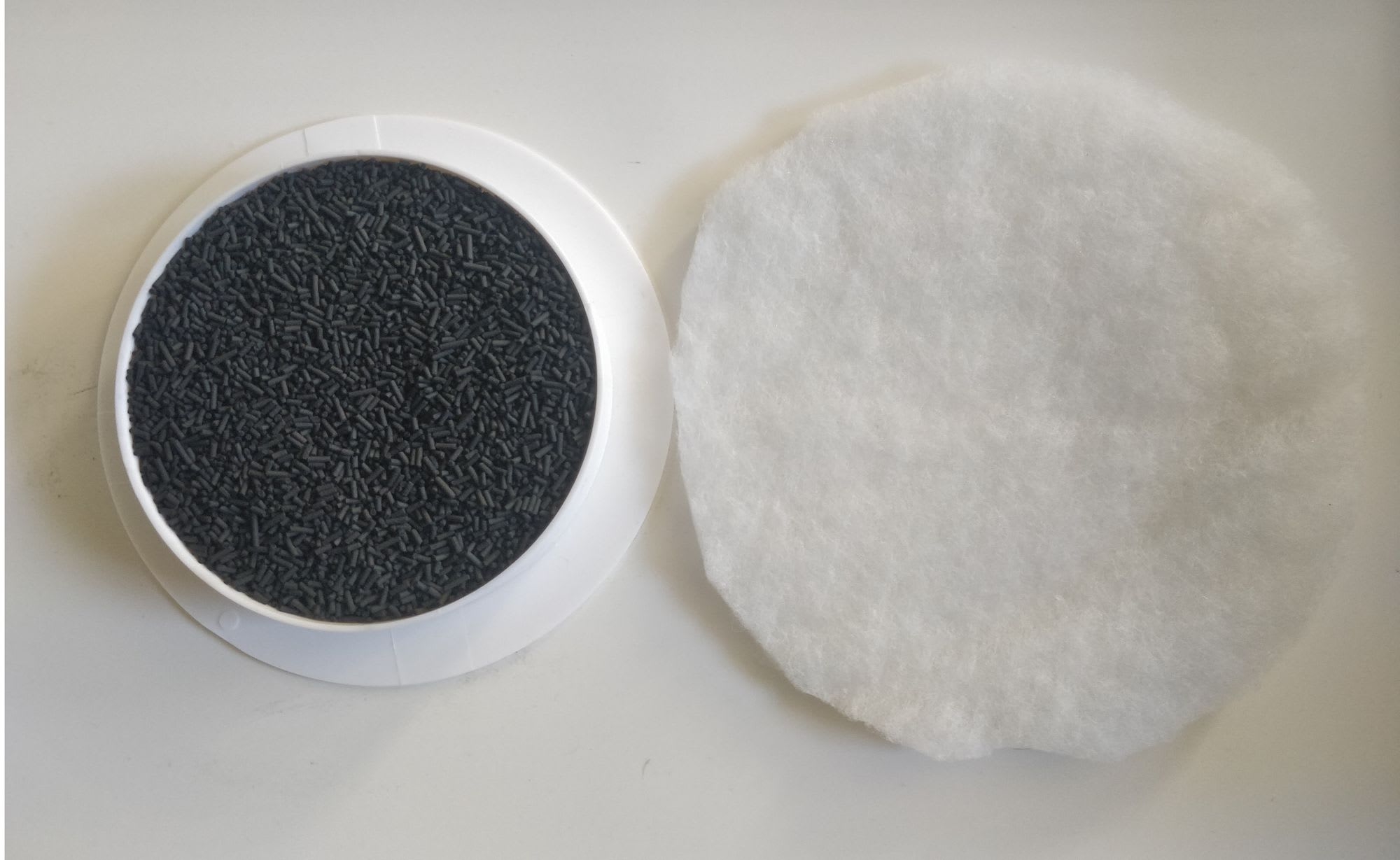
Cut a larger piece of filter cloth. The diameter should be large enough to easily cover the air vent with some excess.
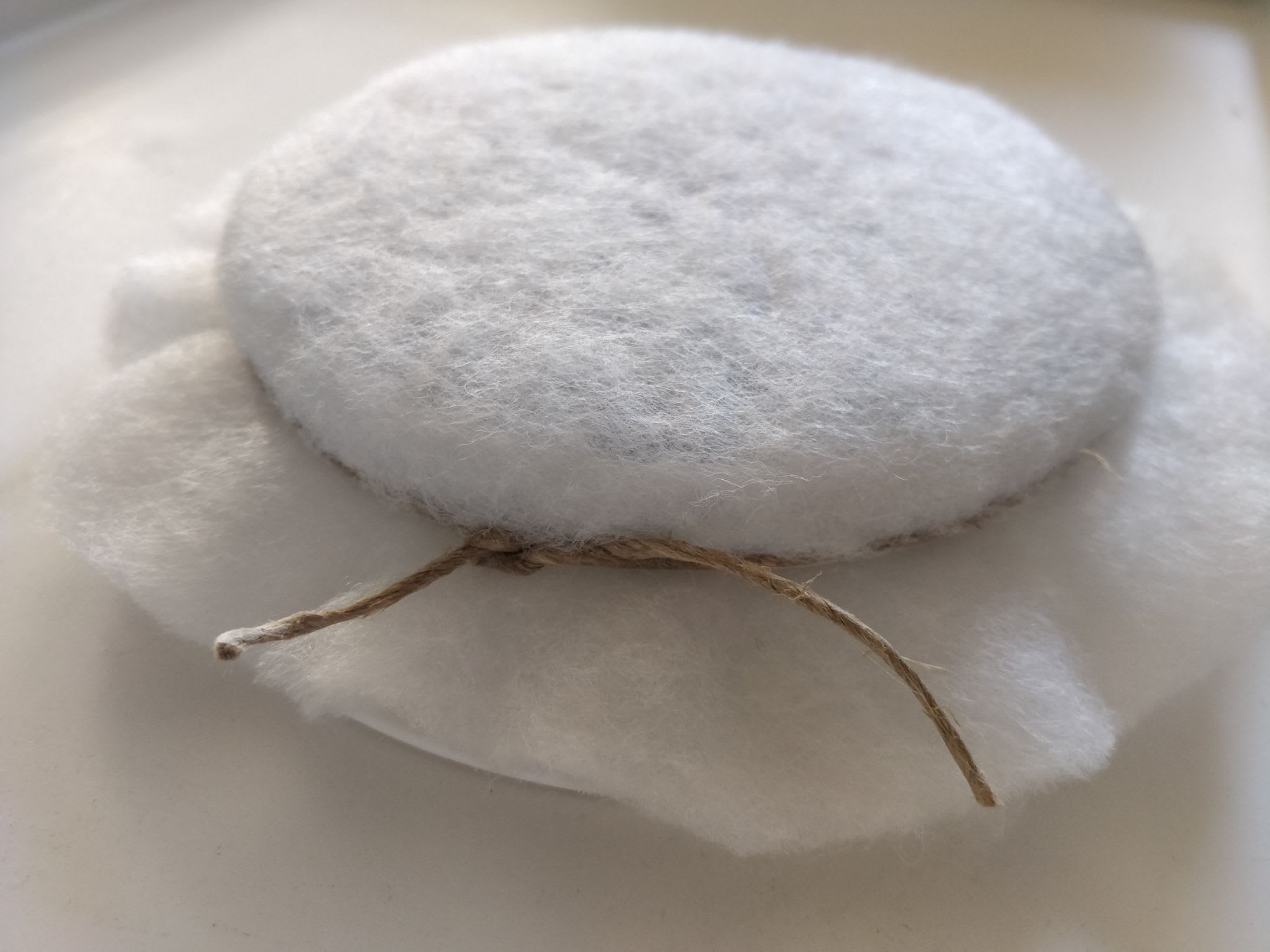
Seal the open part of the air vent with the large piece of filter cloth, secure it with a rubber band, sticky tape or string. This should secure the activated carbon pebbles between two layers of filter cloth.
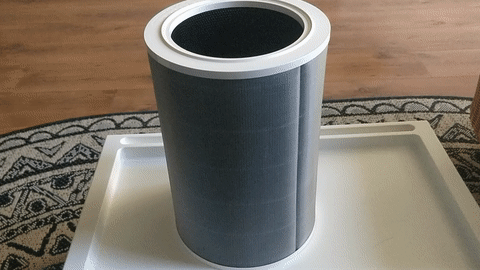
Install the activated carbon filter in the HEPA filter. Take a moment and enjoy the satisfaction of two completely different products fitting perfectly together, almost like its meant to be?
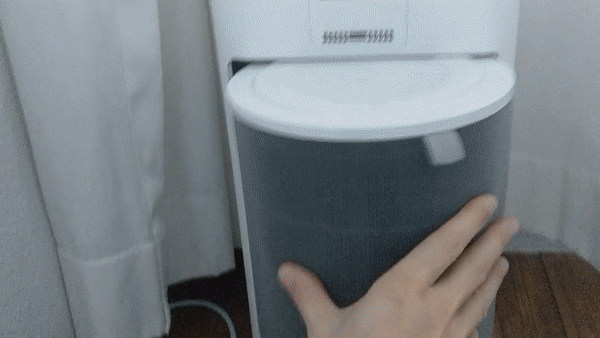
Reinsert the HEPA filter in the air purifier and make sure it runs normally. That's it.
Sources:
Most polluted cities: https://en.wikipedia.org/wiki/List_of_most-polluted_cities_by_particulate_matter_concentration
Air pollution: https://www.who.int/data/gho/data/themes/topics/topic-details/GHO/ambient-air-pollution
Air pollution when cooking or smoking: https://airqualitynews.com/2019/07/05/exposure-to-pm2-5-greater-cooking-an-omelette-than-london-roadside-study-claims/